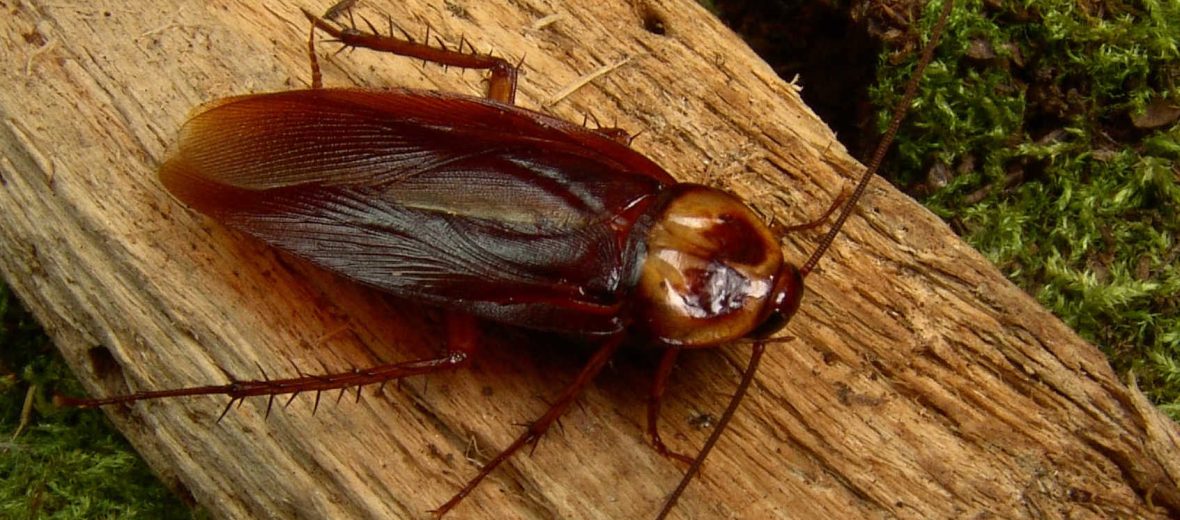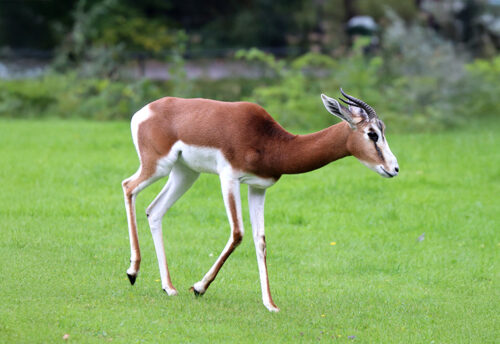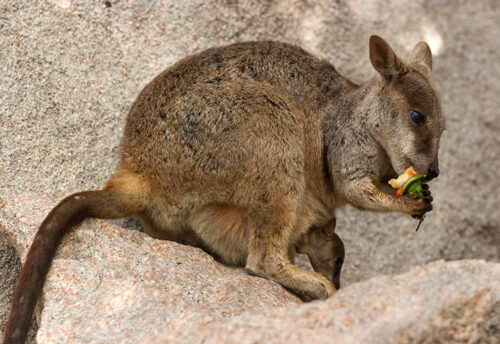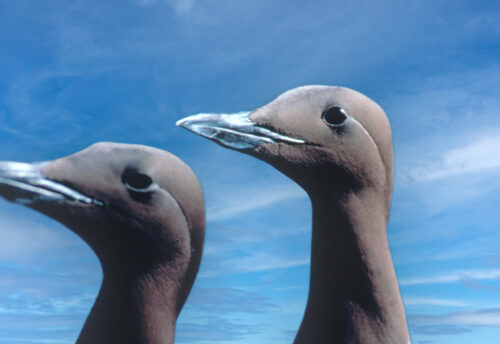
The scourge of humans, the meek, the nuisance, the American cockroach. Contrary to their name, these insects actually hail from Africa and the Middle East. They are also known as the waterbug (misnomer, since they aren’t aquatic), palmetto bug, kakerlac, ship cockroach, and Bombay canary. These critters are believed to have been introduced to the Americas back in the 17th century, via ships transporting goods and people from overseas. The American cockroach is not currently evaluated by the IUCN.
First the Stats…
Scientific name: Periplaneta americana
Length: Up to 2+ inches
Lifespan: Up to 700 days
Now on to the Facts!
1.) American cockroaches are cosmopolitan in that they reside on every continent, sans Antarctica. Thanks to humans accidentally shipping them from country to country.
2.) The American roach is the largest North American cockroach species and molts upwards of 14 times before metamorphosis into an adult.
3.) Their compound eyes have approximately 3,500 individual lenses. This provides them with what is called mosaic vision.
4.) Like many other roach species, they are nocturnal (active at night).
5.) Nymphs are capable of limb regeneration. If a limb is lost, it will regrow by the next molt.
But wait, there’s more on the American cockroach!
6.) Cheese, bakery products, beer, tea, leather, starch in book bindings, manuscripts, hair, glue, flakes of dried skin, carrion (dead animals), plant materials, soiled clothing, glossy paper with starch sizing, fermenting foods, and even each other are all on the menu.
7.) Females produce an ootheca (egg case) which protrudes from the tip of her abdomen. On average, females produce up to 10 oothecae; although they can, on occasions, produce up to 90!
Did you know…?
America cockroaches are considered to be the fastest running insect. They can run approximately 50 body lengths per second. That’s equivalent to a human running 210 mph!
8.) Eggs hatch in up to 8 weeks.
9.) When housed in all female groups, these insects display parthenogenic reproduction (females reproduce without the assistance of a male). However, the eggs produced via partenogenisis are less likely to be as viable as those produced with the aid of a male’s spermatophore.
10.) American cockroaches are capable of short distance flight. But they prefer to run, when fleeing from a threat.
But wait, there’s still more on the American cockroach!
11.) These insects prefer moist areas, but can survive dry climates as well, as long as they have access to water.
12.) They also produce odorous secretions that can alter the taste of food.
Did you know…?
At least 22 species of pathogenic human bacteria, fungi, viruses, and protozoans, as well as 5 species of helminthic worms, have been obtained from field-collected American roaches. They can spread choler, typhoid fever, and the poliomyelitis virus.
13.) Dried cockroach feces (poop) and body parts can cause allergic reactions and asthma in humans.
14.) While there are only a small percentage of “pest” cockroaches in the world, these critters are on the list of pests, as they do not contribute to a better environment.
15.) An ethanol extract of the American cockroach, kang fu xin ye, is used as a regularly prescribed drug for the healing of wounds and tissue repair.
But wait, there’s still a little more on the American cockroach!
16.) Cockroaches have been around for approximately 300 million years.
17.) There are around 3,500 known species of cockroaches in the world.
18.) Removing their head won’t kill them. They will continue to live for up to a week… headless. Ultimately they die of dehydration.
Now a Short American Cockroach Video!
This video talks about cockroaches, in general.
Be sure to share & comment below! Also, check out the Critter Science YouTube channel. Videos added regularly!
Want to suggest a critter for me to write about? Let me know here.



